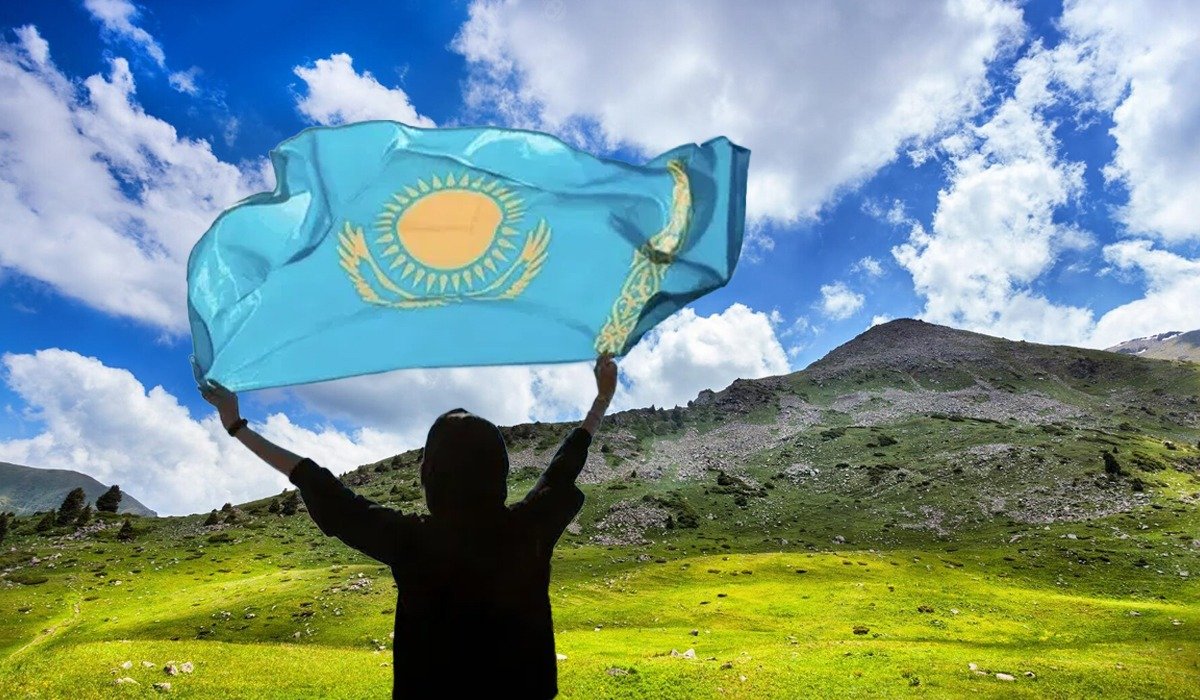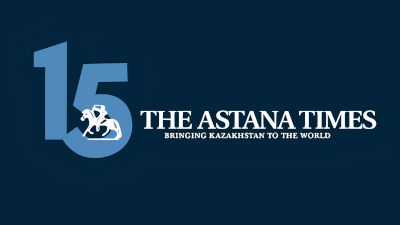ASTANA – Kazakhstan’s tourism sector is showing steady growth, with a significant increase in domestic and foreign visitors. In the first nine months of 2024, the number of domestic tourists rose by 562,000 to six million, while income from accommodation facilities grew by 27%, reaching 224 billion tenge (US$439.1 million).

Photo credit:visitaktobe.kz
According to the Prime Minister’s press service, these results highlight measures taken to boost tourism and reflect growing interest in Kazakhstan as a travel destination.
Investment in the tourism sector continues to rise. From the first ten months of this year, investments grew by 33.6%, reaching 668.1 billion tenge (US$1.3 billion). Key projects include the Tourism District of Astana, which will cost 194 billion tenge (US$380 million), create 2,000 jobs, and generate ten billion tenge ($19.7 million) in tax revenues annually once completed by 2026.
Another major project is the Caspian Riviera in Mangystau, which will transform the Warm Beach area into a resort with a golf hotel, villas, a water park, and entertainment centers. The project, valued at 137.4 billion tenge (US$269 million), is expected to draw 1.3 million tourists and enhance regional hotel infrastructure by 2026.
In the first nine months of 2024, the region hosted 367,400 tourists, a 13% increase from the previous year. The total value of tourism services reached 15.2 billion tenge (US$29.8 million), up 34.7%, and investments grew by 50% to 6.6 billion tenge (US$12.9 million). Three new projects launched this year, creating 80 jobs. From 2025 to 2027, 11 additional projects worth 100 billion tenge (US$196 million) are planned, creating around 500 jobs.
Government support for the tourism sector has strengthened, with approved applications for state support tripling in 2024. This year, 2.1 billion tenge (US$4.1 million) was allocated for 37 tourism projects and six tourist buses.
International cooperation also played a role in promoting Kazakhstan. The declaration of 2024 as the Year of Kazakhstan Tourism in China led to over 30 events across major Chinese cities.
The introduction of the Neo Nomad Visa in November 2024 aims to attract digital nomads, enhancing the country’s appeal to remote workers. The country also climbed to 52nd out of 119 countries in international tourism rankings, up from 80th in 2019.
The Fifth World Nomad Games in Astana were a major international event, drawing 2,700 participants from 89 countries.
Kazakhstan was recognized for its rural tourism development, with the village of Saty winning the Best Tourism Village Award and a project from the Katon-Karagai district taking third place at ITB Berlin 2024.
By the end of 2024, 119 investment projects worth 120.4 billion tenge (US$236 million) are expected to be completed, creating 1,319 jobs. Notable projects include constructing the Medina Palace Hotel in Turkistan and modernizing the Aksu-Zhabagly sanatorium. Agrotourism is also a focus, with plans to develop glamping sites and guest houses, providing jobs for 10,000 rural residents.
Tourism growth in the regions
In the first nine months of 2024, the Akmola Region welcomed over one million tourists, including 404,700 serviced by accommodation facilities. The Burabai resort zone attracted 932,000 visitors. Tax revenues from tourism in the region increased by 30%, reaching 3.1 billion tenge (US$6 million). Investments in fixed capital totaled 23.1 billion tenge (US$45.2 million).
Tourism grew by 19% year-over-year in the Almaty Region, reaching 384,100 visitors. National parks like Ile-Alatau, Kolsai Lakes, and Charyn Canyon remain popular. Investments in fixed capital totaled 24.4 billion tenge (US$47.8 million) through October 2024.
Almaty city saw a 14% increase in tourist numbers, totaling 1.7 million visitors, with foreign tourists up 24%. Domestic tourism rose by 1.1%, totaling 1.2 million visitors. The city’s tourism sector investments surged by 29.3% to 86.6 billion tenge (US$169 million). Tax revenues doubled to 76.9 billion tenge (US$150 million), and the sector employed 83,100 people. In 2024, 25 new tourism establishments opened, including hotels, glamping sites, and guest houses. By 2027, 30 hotel projects worth 339.5 billion tenge (US$665 million) are planned.
Inbound and domestic tourists in the West Kazakhstan Region increased by 18% compared to the first nine months of 2023. Investments in tourism totaled 14.5 billion tenge (US$28.4 million), a 47% growth, with a pool of 14 tourism projects worth 25 billion tenge (US$49 million) for 2024-2026.
In the Zhetysu Region, key destinations include the Alakol and Balkhash lakes, the Altyn-Emel and Dzhungar-Alatau national parks, and the Dzhungar Alatau mountain range. The region saw a 15% increase in visitors, with over 253,000 tourists in the first nine months of 2024. Investments in tourism reached 9.4 billion tenge (US$18.4 million).
The Karagandy Region generated seven billion tenge ($13.8 million) from tourism in the first nine months of 2024. Investments in tourism totaled 17.4 billion tenge (US$34 million). Seven projects worth 4.1 billion tenge (US$8 million) were launched, creating 23 jobs. Major infrastructure projects, including the Balkhash city airport’s reconstruction and the improvement of the city beach area, are planned for 2025-2027.
The Kyzylorda Region welcomed 116,600 tourists in the first nine months of 2024, with investments in tourism totaling 26.1 billion tenge (US$51 million).
The Ulytau Region attracted over 21,200 tourists, with investments reaching two billion tenge. Three new hotel complexes were opened with a total investment of one billion tenge (US$1.9 million), with additional hotels and infrastructure projects planned for 2025.


